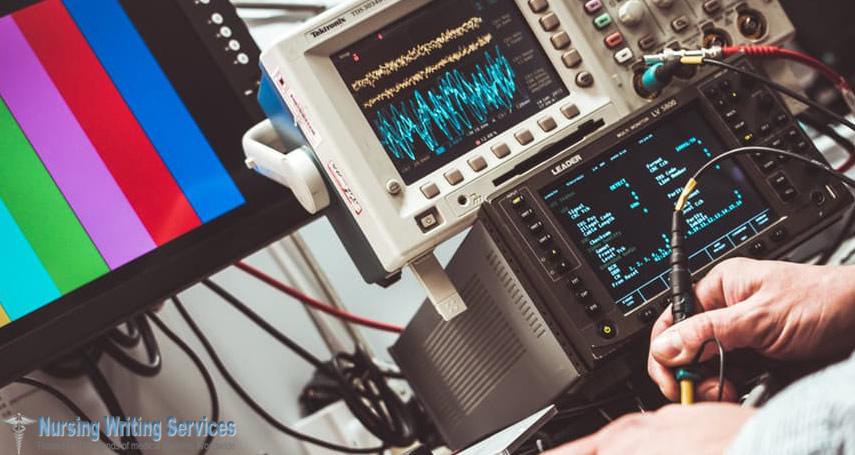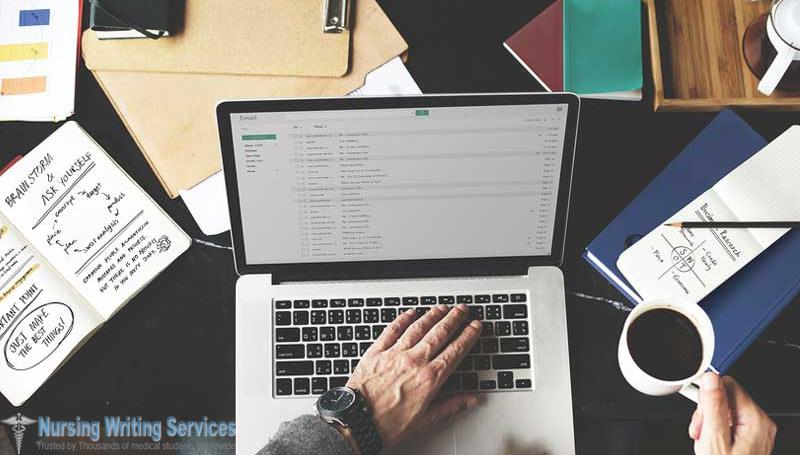Importance of Technical Writing in Nursing Students
Technical writing is a form of written communication that explains or describes complicated processes or concepts in terms that non-experts can understand. Technical writing is a different skill from other forms of professional or academic writing. It relies heavily on writing in clear, concise terms blended with complex processes and concepts to explain them to a particular audience.
Nursing students should acquire technical writing skill as they might require it someday. Understanding the specifics necessary for technical writing is a valuable lesson in helping nursing students to excel in their specific field of study and meet career goals.
The ability of a writer to achieve the purpose relies on knowledge of the subject, the audience and the extent of knowledge that readers have concerning the topic. For instance, if the subject of the piece is about dispensing medicine to patients, an author must know the audience well. The language should be equal to the level if the readers who can be patients, nursing peers, doctors or other medical personnel. The approach to these audiences is different because their professional and technical knowledge on the matter is not equal. Each group of readers should feel that a technical paper matches their understanding and reasoning capacity.
Why Nursing Students Should Learn Technical Writing
Nursing students need technical writing skill as they will apply it in their education during clinical experience, clinical experience, internship and licensing exams. It is valuable to know the specifics of technical writing early in the nursing program as it will help in excelling at a specific field of study and achieving career goals. Nursing students will benefit from learning how to write technical work because they can apply it for these situations.
Coursework
Technical writing skills in coursework apply to the documenting procedures based on concepts learned during the study. For instance, a student might need to write a paper in an anatomy course about the effects of the heart on the circulatory system. In the psychological course, technical writing might be necessary for describing a mental condition and treatment in professional terminology.
Clinical Experiences
The clinical portion of nursing education entails hands-on training on tasks such as taking blood pressure, drawing blood for testing and completing other mandatory duties for nurses. Technical writing skills are essential for documentation of basic clinical procedures for reference in future.
ALSO READ:NURSING ASSIGNMENT WRITING SERVICE
Internship
All capacities of nursing internships expose nursing students to many procedures relating to general medical practices, specific approaches to patient care, patient follow-up practices and office procedures. Office practices in various medical environments are different making it essential to utilize technical when capturing the notes for them to be logical for future references and understanding.
Licensing exams
Writing content and procedures enables the nursing student to internalize the significant material according to findings in specific research during the nursing study and writing across the curriculum. Writing the technical concepts reinforces understanding in the learner which comes in handy when preparing for licensing.
Nursing career
Nursing students with impressive technical writing skills can perform better than others in the nursing profession. Their writing ability enables them to write necessary documentation for professionals and non-expert in health care. A nurse can write steps to manage a medical condition with homemade therapies to a patient. The same person can write a procedure on dispensing patient medication for other colleagues and still write a research-based report about new medical procedures for a manager or doctor.
Writing Style for Technical writing by Nursing Students
Technical writing requires the writer to present a complicated procedure and ideas with well-though explanations that the target reader will understand. Writing should be in second or third person perspective hence the writer must avoid mention of the first person.
The writer develops a technical report from studying and observation, but it should not be an opinion piece. it should express the technical concepts or processes step-by-step for clarity to the reader about the steps taken and outcome for each. It is more of an explanation that "action one leads to result in two."
The best way of presenting information in technical writing should be in brief sentences and paragraphs (chunking information). The language should be simple, direct and specific for quick understanding. Short sections help in providing white spaces on pages to visually break up the text visually and prevent monotony.






